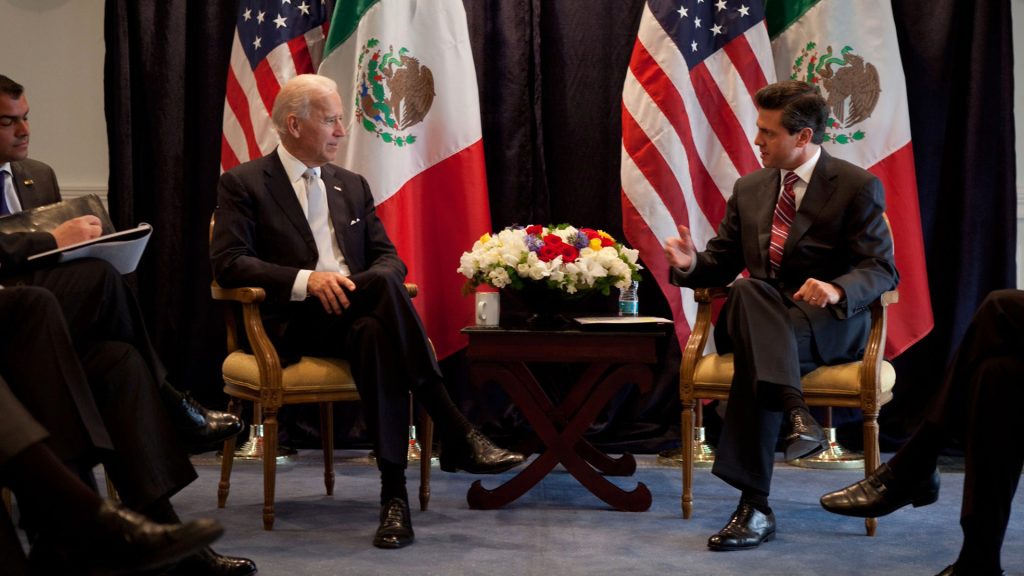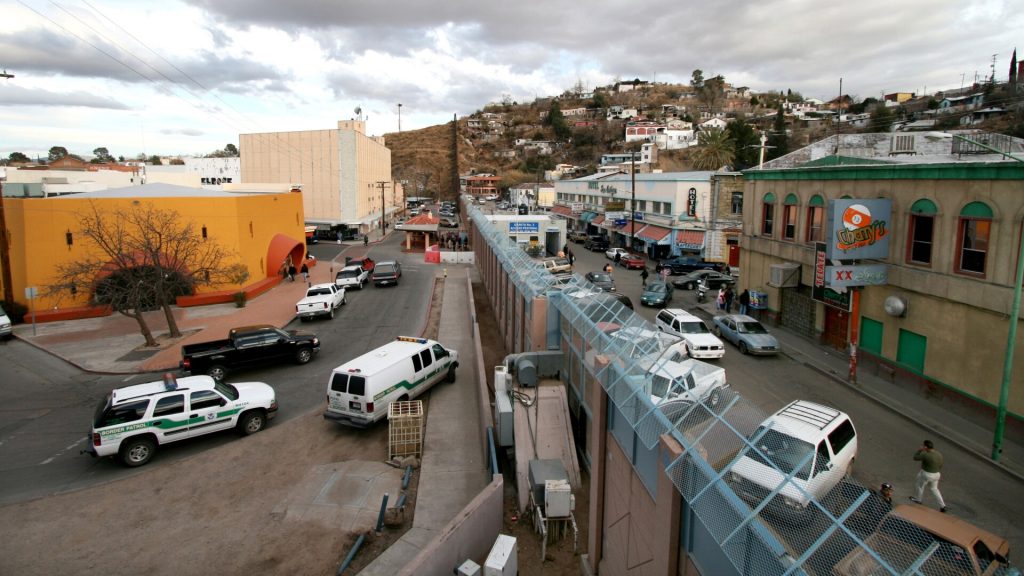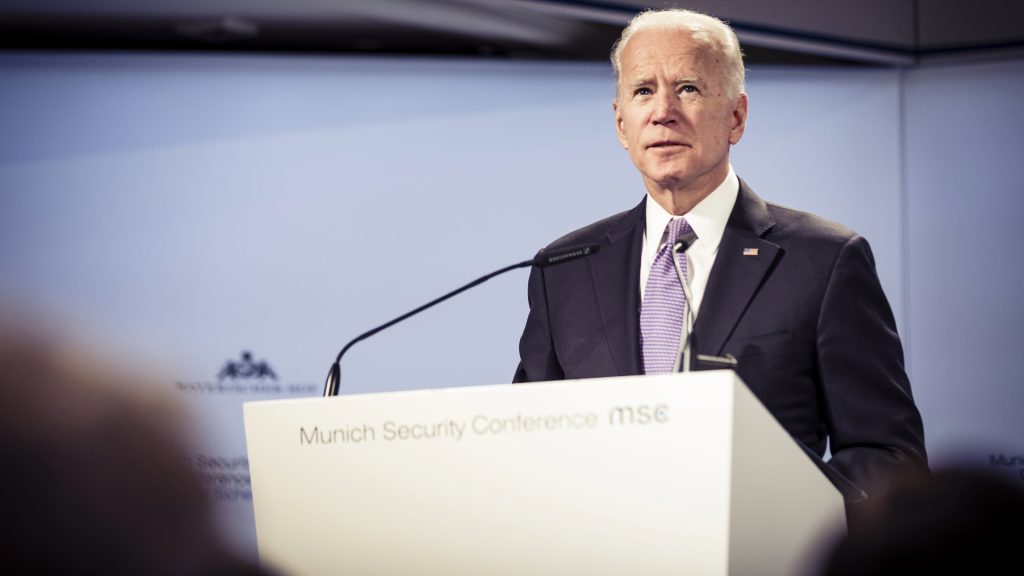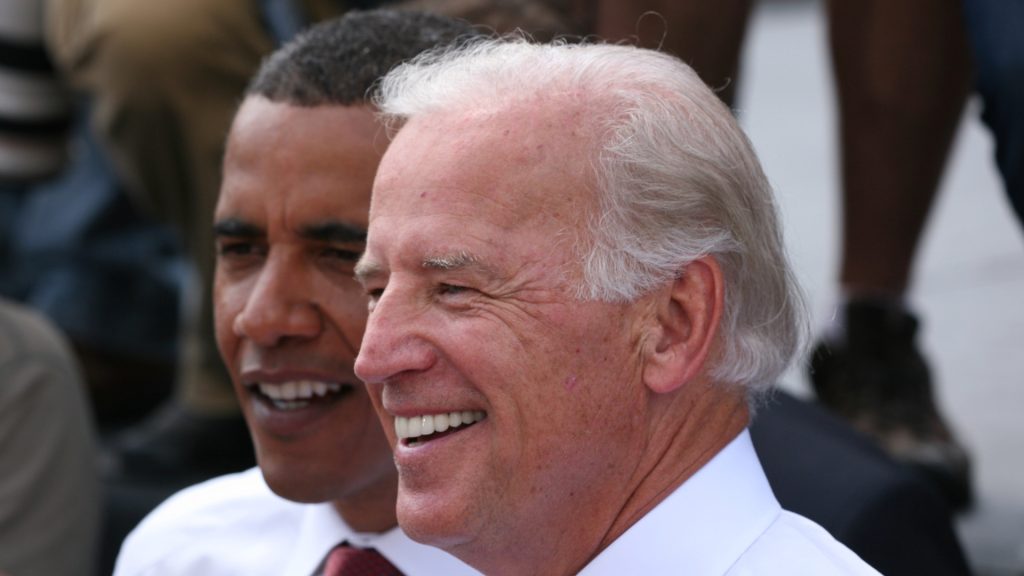The immigration crisis has reached new heights in recent years. There have been more apprehensions of illegal migrants at the border than almost any year before, and the Biden administration has continued to deflect responsibility regarding their role in the border crisis.
The Recent Border Bill
Most recently, a bill was passed in the Senate that was a combination budget bill that would have allocated funds for American allies in Ukraine, Taiwan, and Israel. Additionally, it would have given President Biden significantly more powers regarding the border of the United States.

Notably, the bill would have sped up the review of asylum claims to merely six months, provide funding for increased detention capacity to Border Patrol, and force Border Security to shut down the border immediately should the volume of crossings top 5,000 individuals on average, or more than 8,500 individuals in a single day.
A Bipartisan Effort
The border legislation was a bipartisan effort, supported by the Biden administration and worked on for several months by Republicans and Democrats alike. The bill was one of the strictest immigration bills that has been passed in recent years, and included many provisions that were reminiscent of Biden’s predecessor, Donald Trump.

Biden was ready to sign the bill, should it come to his desk. After months of being asked to address the border crisis by constituents and elected representatives alike, this bill was the first major step that the Biden administration could have made towards addressing a crisis that is rapidly becoming front and center of his reelection campaign.
Donald Trump Stands in the Way
Unfortunately for Biden, a significant hurdle remained for the bill to finally make it to his desk: Donald Trump. Republicans in Congress have remained in contact with the former president in his years since leaving office, and many of them still discuss significant policy issues with him in order to get his opinion.

One of these Republicans is none other than the current speaker of the house, Mike Johnson. In a conversation that was leaked to the press after Johnson announced that the border bill was “dead on arrival” in the House of Representatives, he revealed that Donald Trump himself was the one who asked him and other Republicans to vote against the bill.
An Understandable, if Frustrating, Stance
This is frustrating – and hypocritical of Republicans – but it’s a stance that makes sense. Donald Trump is running for President of the United States for a third time, and he has made the immigration crisis one of the primary issues of his campaign.

In the leaked conversation, it was revealed that Trump asked Johnson and other Republicans not to solve the border crisis during an election year, hinting that he wanted the issue as something to run on for 2024. And, if he won, he wanted to be able to claim credit for solving the crisis, which can’t be done if the crisis has been solved ahead of time.
A Failed Bill
Trump got his wishes. Despite the fact that it was a significant piece of legislation that representatives on both sides of the aisle worked on for months, it has been officially considered dead, as far as political issues go.

Conservatives have painted the bill as something that needed to die, because it wasn’t anywhere near as harsh as they wanted it to be. Progressives have claimed that it simply shouldn’t have passed, because it was far too harsh and didn’t address many of the right problems at the border.
The Fraught United States and Mexico Relationship
The fact of the matter is, though, that this is far from the first time that the issue of illegal immigration from Mexico has been a problem in the United States. The last twenty years have seen a significant rise in the crisis, this is true, but the issue of illegal immigrants out of Mexico goes even further than that.

The United States and Mexico have been at odds and allies at various points in history. The great state of Texas was once even Mexican territory, before it claimed independence from the country in 1836. It remained an independent republic until 1845, at which point it joined the United States as the 28th state.
Multiple Conflicts
Relations between the United States and Mexico were fraught after that, seeing multiple conflicts that resulted in casualties on both sides. The relationship between the two countries became so tense that in the early twentieth century, the country of Mexico began to actively discourage the migration of Mexicans to the United States.

They did this, primarily, to preserve their own working population of citizens. Migrants were working in agricultural industries in the United States as cheap labor at the time, and while Mexico didn’t have a very large economy at the time, they had a great deal of labor to exploit and didn’t want to give any of it away to the United States.
The Bracero Program
In spite of this, immigration to the United States continued, and eventually the United States and Mexico came to an agreement. If the United States would regulate illegal immigration and return illegals to Mexico, Mexico would help to provide legal migrants to the United States for their labor force.

This arrangement, called the Bracero program, was spectacularly unsuccessful. It was unregulated and unmonitored, and after a number of years of attempting to engage in good faith, the regulations in the agreement fell apart completely. Migrants continued to come into the country illegally after that, though, and eventually the United States government had to step in.
An Infamous Solution
What followed was a particularly infamous operation that was approved by the Eisenhower administration. It was called “Operation Wetback,” and was a significant military and government operation that was planned and executed by Joseph Swing and Herbert Brownwell.

Operation Wetback used military-style tactics to gather up migrants of Mexican descent – legal and illegal – and took them back to Mexico to be deposited in “their own country.” It was implemented at a time when there were estimated to be more than three million illegal migrants in the country working in agricultural fields for low wages.
The Operation Took Off
The operation formally took off in June of 1954. Teams of 12 border control agents, buses, planes, and temporary processing stations began to search border states for any individuals of Mexican descent. The main targets were the border areas in Texas and California, though it also included cities like Los Angeles and Chicago.

Once individuals had been apprehended, they were processed quickly for a speedy return to Mexico. The purpose of the operation was to apprehend and return as many Mexicans to their country as possible in a short period of time, and there were ultimately mistakes made in which individuals were American citizens and which weren’t.
More Than a Million People Returned
Overall, there were more than a million individuals who were “returned” to Mexico from the United States, with more than half a million of that number being from Texas alone. The numbers continuously declined in the years following the initial immigrant sweep, until 1962 when the program lost funding due to public outcry.

Operation Wetback is an example of the extreme methods that the United States government has taken towards immigration from Mexico in the past, and could possibly hint at what the current administration might be willing to do in the future. Biden has continuously claimed that he can’t act autonomously on the border, but a new plan out of the administration reveals that that might not be true.
Biden Urging Republicans to Act
After the border deal was killed by Republicans in both the House and the Senate, Biden spoke to the press and urged Congress to act on the bill. He claimed that he had done all that he could by executive privilege to address the border, and that it was the responsibility of Congress to act and make the necessary policy changes to secure the United States.

A draft of a new executive order reveals that Biden might have other plans, though. The action being considered by the White House appears to mirror some of the harshest policies that were implemented during the Trump administration, and appears to be an effort on the part of the White House to show that they’re tough on immigration in an election year.
The 212f Authority
The crux of the executive order relies on an authority known as 212f, which gives the president of the United States broad authority to restrict border crossings in times of crisis. Trump tried to use this particular policy during his administration, but was unsuccessful due to an appeals court ruling that it conflicted with asylum law.

It’s unclear whether the Biden administration will take the steps to implement this particular policy, or if it’s merely action that is being considered. Biden seems adamant that Congress should be the one to act on the border, passing legislation that would take steps towards fixing the broken American immigration system.
Conservatives in Uproar
Whether Biden ultimately decides to try and implement this authority, there are many who are furious that he’s even considering taking these steps. Biden has continually asserted that the president can only do so much about immigration through executive order, and that Congress needs to pass laws for lasting change.

Conservatives have seen this potential executive order as a betrayal of what Biden has been touting for months. There are many Republicans who have stated that the president has the authority to shut down the border at any time, and that it was Biden’s obligation to do so.
Renegotiating Trump-Era Policies
Some have even gone so far to suggest that, if Biden were to really want to address the border crisis, he could engage with Trump-era policies that have since expired. Some of these ideas include negotiating with Mexico over the Stay In Mexico agreement, or reinstating safe-third-country agreements with other central American countries.

Conservatives who have proposed these different solutions have placed the blame for the massive border crisis squarely on Biden’s shoulders, demanding that he do something about the issue. In response, Biden has attempted to take steps towards securing the border, in any way legally possible.
Biden’s Failed Attempts
Some of the attempts have included restricting the types of individuals who can seek asylum, as well as the circumstances. Many progressives called this move an “outright ban” on asylum, calling the administration cruel for not allowing leeway for individuals fleeing war-torn countries.

It can be argued that Biden, even though he has taken some steps, hasn’t gone anywhere near far enough to address the border crisis. And, unfortunately, it’s not clear whether invoking the provisions of 212f would result in the action being blocked by the courts, as happened when Donald Trump tried to close the border under the provisions in 2018.
Extremists of Both Leans Unhappy
Extremists on both sides of the aisle appear to be unhappy with the announcement of Biden’s possible executive order. Extreme conservatives are calling him a liar for “admitting” that his administration could have done more over the last three years, and extreme progressives are calling him no better than Trump.

Congress still has the chance to act on the border bill that has caused so many problems for the president, though, and it would be a significantly better solution to the problems that the administration is trying to solve. Whether they’ll take up the issue when they come back from their recess remains to be seen, but the American people are watching with heightened emotions and bated breath.






